On a Personal Note… A Reflection of 2022
2022 was a year of reevaluation and, in some cases, reinvention. As a society, we all reflected on our personal lives, our careers, and the economy, in a movement toward rebirth that permeated every decision.
In 2022, the advertising landscape also underwent reevaluation. Media plans were examined as closely as ever, with budgets and campaign decisions put under the microscope. Differentiators like attribution and data transparency, especially post-campaign analytics, became qualifiers that determined whether a vendor would be included on a future buy or not. Each campaign became a milestone in every customer relationship. Advertisers scrutinized each decision and let the data speak for itself.
“Our strategic consultants work with partners to implement audience learnings by tailoring strategies toward accounts’ preferences, making post-campaign insights more actionable than anywhere else in the industry.”
Thankfully, AdDaptive thrived in the limelight. Our Campaign Analytics and Site Analytics are second to none, providing more detailed breakdowns of your audience, campaign, and metrics than any other B2B solution’s offering. Our team found its stride playing the role of strategic consultant to our valued partners, discussing how to implement lessons about your audience to better tailor your strategies toward their preferences, making post-campaign insights more actionable than anywhere else in the industry.
On a related note, in April, we published an article on Digiday entitled “Why reporting and insights are the differentiating factors for ad tech providers,” and got to discuss the use of analytics in a Q&A with Media 7 / The ABM Report, furthering our position as a trusted thought leader in the industry, particularly on the topic of analytics.
“By choosing vendors that can provide industry-leading analytics insights about target accounts across channels and campaigns, agencies increase ROAS and push accounts through the funnel more effectively and efficiently, achieving business goals beyond a single ad.”
As always, AdDaptive also did a bit of internal evaluation. We know who we are and where we want to be, but when external forces shift, we shift with them to align our strengths with the best way to serve our clients’ ever-changing needs. While we like to stay agile and make tweaks along the way as needed, we reflected deeply in 2022 and made a few major updates to elevate our brand. This year, we released a new logo and design set and created a new website from scratch. Our sleek new logo’s rounded edges and gradient give us a modern edge, and the progression of the logomark’s three lines from left to right represent our emphasis on analytics, funnel movement, and growth, intrinsically linking our identity with our design for the ultimate brand cohesion.
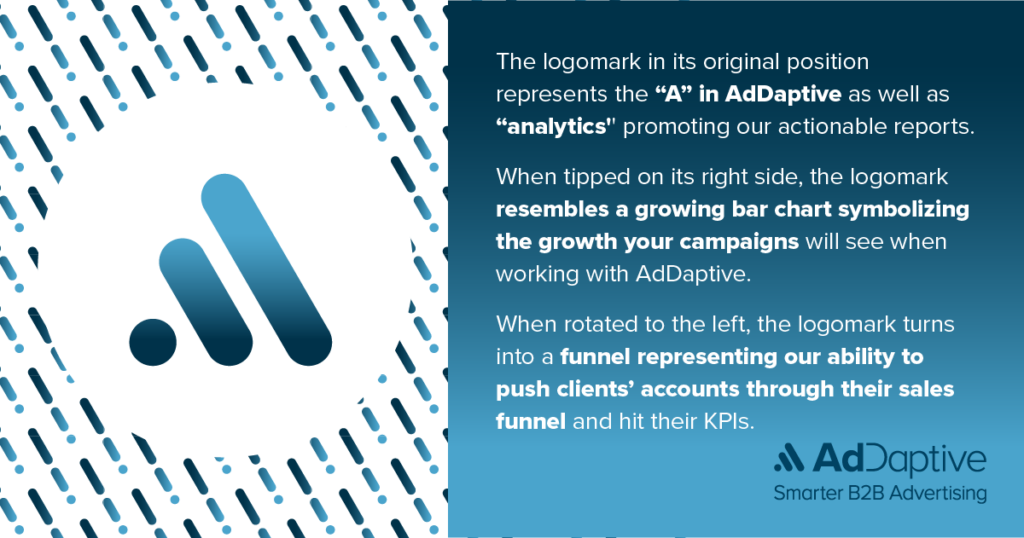
Our new website uses our logo and design elements in a more integrated fashion than ever before: The new messaging structure better aligns with our brand story, starting with the reason you should partner with us – the positive impact you can derive from our differentiated analytics – then moving into how we fuel these analytics, from our ability to reach your target audience with accuracy at scale to the way we recommend varying your media mix for a full-funnel, multi-channel advertising approach. Our new design and messaging elements convey our identity in a way that better captures the direction we’re moving in, setting us up for long-term success.
It has been a joy to work with our co-founders and the rest of the marketing department – Kevin O’Malley, Patrick Shea, Shannon Majumdar, Alexandra Singer, Helen Neely, and Matthew Shore – to ensure strategic alignment from the logo’s conception and the website’s creation to the ongoing execution of all related content as we continue to elevate the brand in fun and exciting ways.
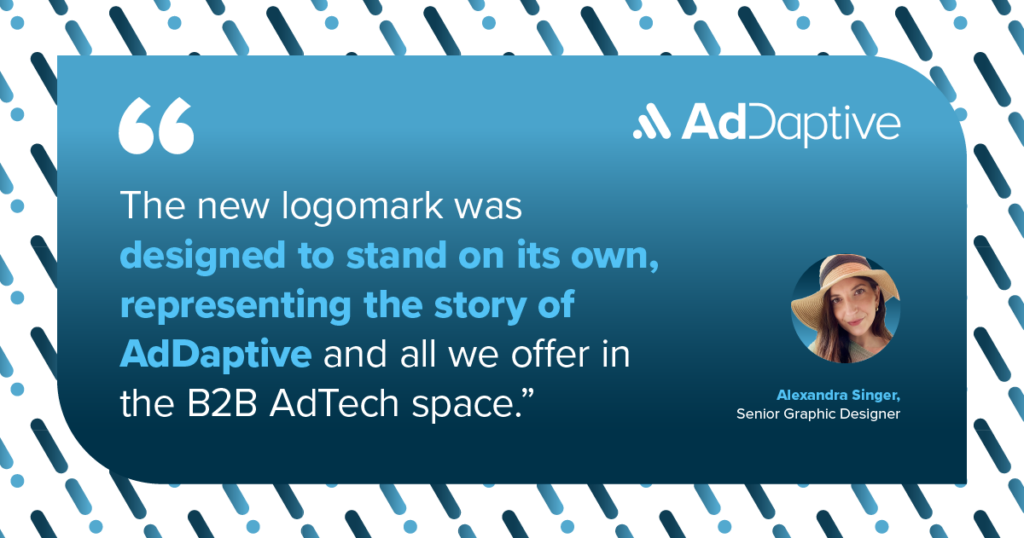
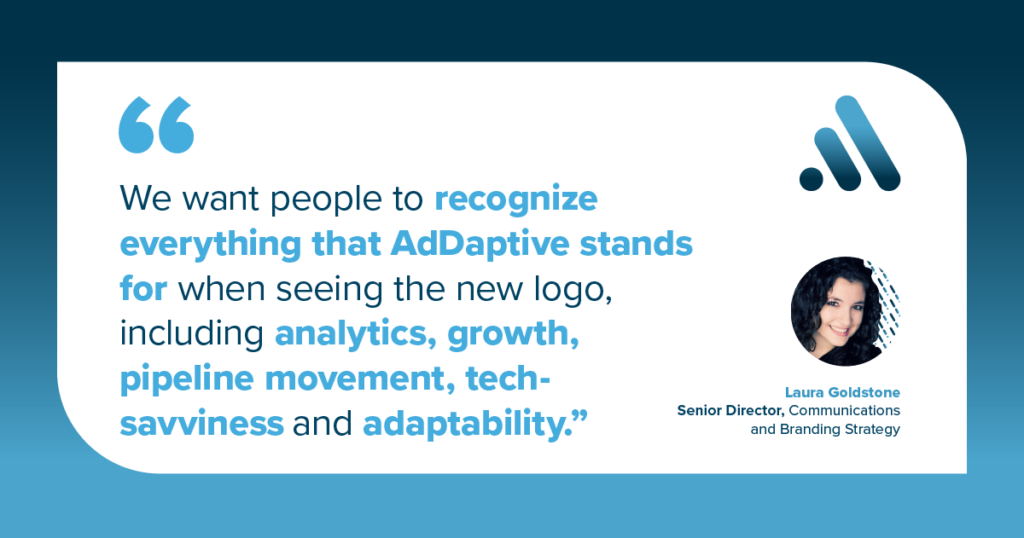
We were thrilled to pair our design updates with an industry event by unveiling our new logo as the Premier Partner at the Digiday Media Buying Summit in Palm Springs, CA, this past October. We love to sponsor this conference each year and to discuss market ongoings with attendees each time. Staying up to date on industry trends is key to our success; immersing ourselves in the industry and speaking directly with clients and prospects helps us intimately understand their challenges and opportunities so we can serve them best.
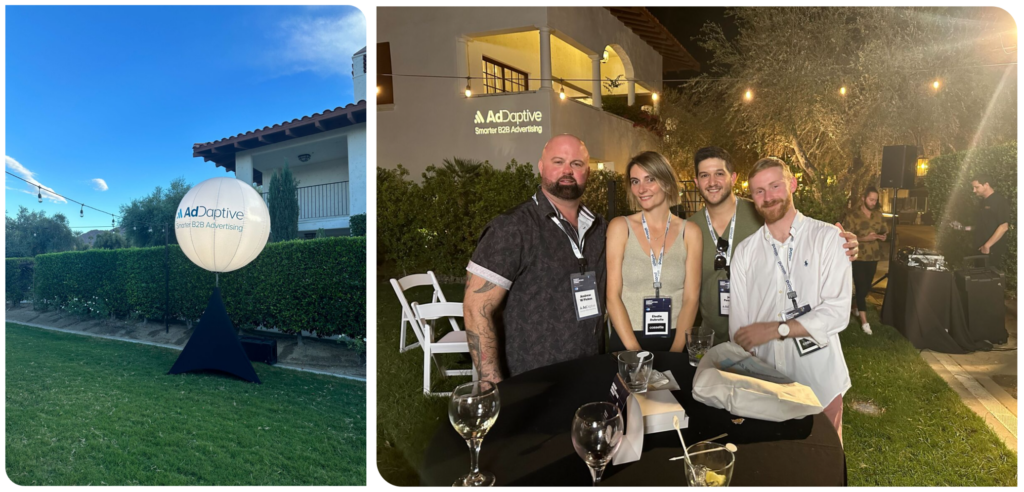
We also were excited to participate in our first Forrester Wave report in 2022. AdDaptive was named a Contender in The Forrester Wave™: B2B Advertising Solutions, Q3 2022 report. The evaluation analyzed the 14 most significant B2B advertising solutions across 28 criteria spanning current offering, strategy, and market presence. AdDaptive earned its highest scores in the criteria of product vision, market approach, innovation roadmap, and cross-channel capabilities. AdDaptive also received the highest scores possible in the business publications and creative development criteria.
We believe this solidifies our position as an experienced, consultative partner to B2B agencies. We were excited to see our stance among the other companies evaluated in the report and to use the data in the assessment to explore opportunities for future technological advancements.
“AdDaptive is a good fit for B2B organizations with in-house media teams and media agencies with B2B clients,” Forrester stated in the report. According to the evaluation, “AdDaptive knows how complex and sophisticated B2B advertising can get…”
Amidst these milestones and industry ongoings, we recognized that evaluating data to make better decisions is not just a 2022 trend. It’s an effective way to work – period. So we built the ability to make future decisions into the tweaks we made this year, looking at ways to better integrate with our customers’ systems, how to organize our internal resources to leverage our strengths against market opportunities, and what changes the environment might bring us in the future that we can work into our decisions today. We are currently testing some innovations and updates, and we look forward to releasing the ones that make the most sense for our audience and the industry in 2023.
While announcements about the exciting new products we’re working on will have to wait (!), we can celebrate the fact that we relaunched our monthly marketing newsletter in the fall of 2022, adding a chance to communicate with our community each month about relevant and timely topics and trends. (If you haven’t already, sign up in the footer of our website.)
And at the end of the day, we had fun. We enjoyed working together and embodying our company values of excellence, innovation, diversity, empowerment, collaboration, and community. We figured out better ways to work together across teams internally and with clients and partners externally. We volunteered our time (including an incredible opportunity at Cradles to Crayons) and hosted company events both virtually and in person (from candle-making to a day at the racetrack and everything in between!). We got to add new dimensions to our ever-changing company culture with memories that are sure to last.
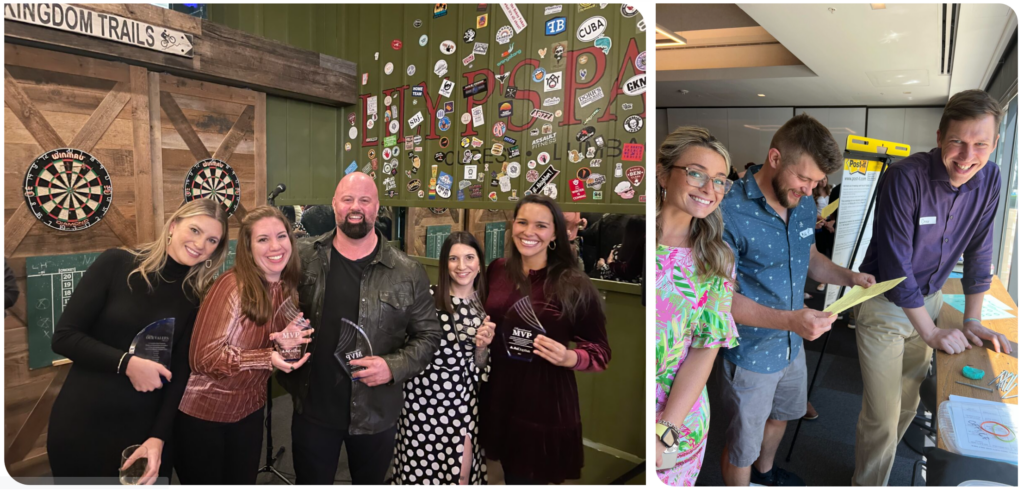
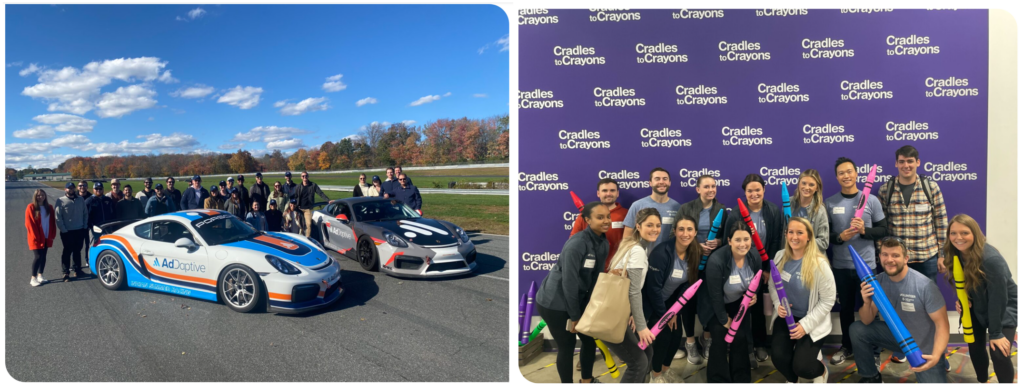
Most importantly, this year and always we’re grateful for you. If you’re looking for a partner, let’s chat. If you’re already our customer, we thank you for your continued partnership. If you’re here for thought leadership, we hope you found something enlightening and useful. Regardless of how or why you arrived on this page, we’re glad you’re here. And we look forward to sharing new successes with you in 2023.
-Laura Goldstone, Senior Director of Communications and Branding Strategy
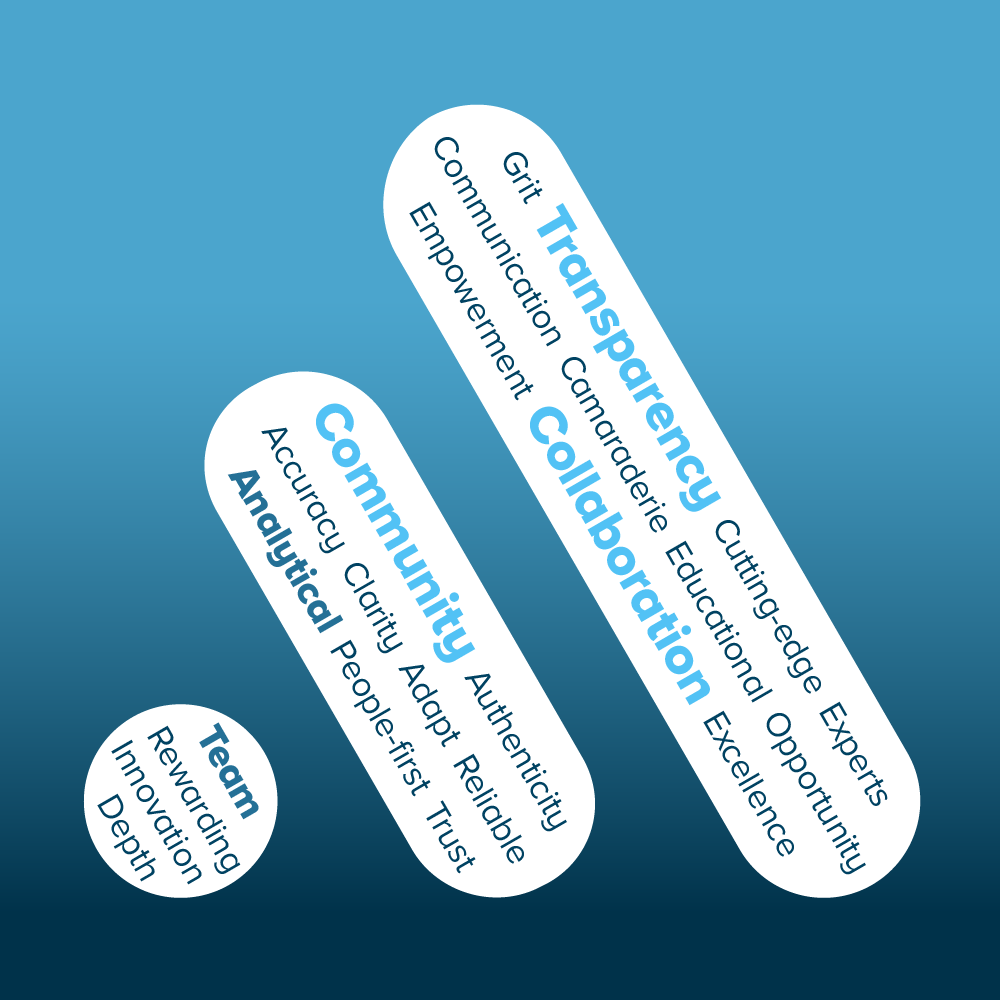
Ready to speak with a digital advertising expert? Book a meeting below.











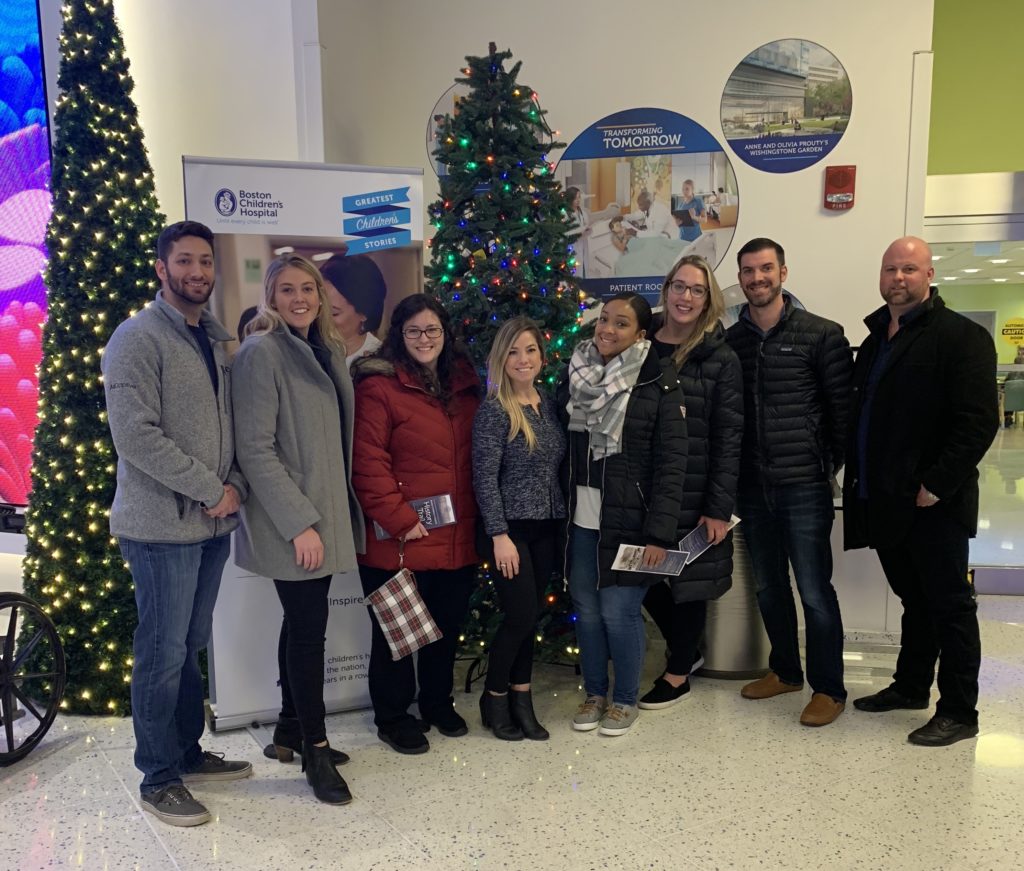


 One of AdDaptive’s two co-founders, Patrick Shea, recently had a conversation with Nathan Latka, the driving force behind
One of AdDaptive’s two co-founders, Patrick Shea, recently had a conversation with Nathan Latka, the driving force behind 
